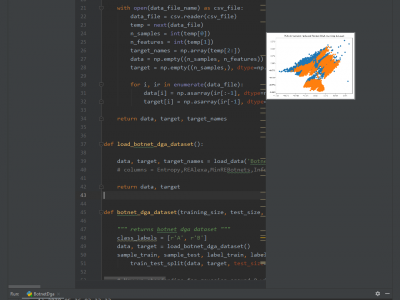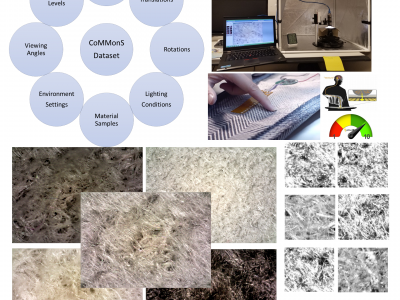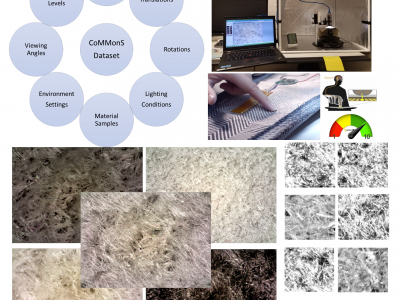Machine Learning

This dataset contains four types of geospatial events coverage in Indonesian news online portal: flood, traffic jam, earthquake, and fire. The corpus itself was composed of 926 manually annotated, disambiguated, and event extracted sentences that was filtered from 83 of 645,679 documents of our earlier news corpus based on four major geospatial events: flood, earthquake, fire, and accidents.
Source: detik.com, kompas.com, cnnindonesia.com
- Categories:
 486 Views
486 ViewsPower transmission system losses can typically represent from five to ten percent of the total generation, a quantity worth millions of dollars per year. The purpose of loss allocation in the context of pool dispatch is to assign to each individual generation and load the responsibility of paying for part of the system transmission losses. Since the system losses are non-separable, non-linear functions of the real power generation and loads, the allocation of transmission loss is a challenging and contentious issue in a fully deregulated system.
- Categories:
 748 Views
748 ViewsThis repository introduces a novel dataset for the classification of Chronic Obstructive Pulmonary Disease (COPD) patients and Healthy Controls. The Exasens dataset includes demographic information on 4 groups of saliva samples (COPD-HC-Asthma-Infected) collected in the frame of a joint research project, Exasens (https://www.leibniz-healthtech.de/en/research/projects/bmbf-project-exasens/), at the Research Center Borstel, BioMaterialBank Nord (Borstel, Germany).
- Categories:
 3253 Views
3253 ViewsThis is the dataset used in our journal paper, submitted to: IEEE Transactions on Dependable and Secure Computing, Special Issue on Explainable Artificial Intelligence for Cyber Threat Intelligence (XAI-CTI) Applications.
Submitted = 12-Jan-2021 (under review)
ID = TDSCSI-2021-01-0045
Source codes are available at IEEE Code Ocean:
Hatma Suryotrisongko (2020) Botnet DGA [Source Code]. https://doi.org/10.24433/CO.4005597.v2
- Categories:
 3128 Views
3128 Views
This is the raw MMG data.
- Categories:
 724 Views
724 ViewsThe aircraft fuel distribution system has two primary functions: storing fuel and distributing fuel to the engines. These functions are provided in refuelling and consumption phases, respectively. During refuelling, the fuel is first loaded in the Central Reservation Tank and then distributed to the Front and Rear Tanks. In the consumption phase, the two engines receive an adequate level of fuel from the appropriate tanks. For instance, the Port Engine (PE) will receive fuel from Front Tank and the Starboard Engine (SE) will receive fuel from Rear Tank.
- Categories:
 2249 Views
2249 Views
This is the data for paper "Environmental Context Prediction for Lower Limb Prostheses with Uncertainty Quantification" published on IEEE Transactions on Automation Science and Engineering, 2020. DOI: 10.1109/TASE.2020.2993399. For more details, please refer to https://research.ece.ncsu.edu/aros/paper-tase2020-lowerlimb.
- Categories:
 1174 Views
1174 ViewsAs one of the research directions at OLIVES Lab @ Georgia Tech, we focus on recognizing textures and materials in real-world images, which plays an important role in object recognition and scene understanding. Aiming at describing objects or scenes with more detailed information, we explore how to computationally characterize apparent or latent properties (e.g. surface smoothness) of materials, i.e., computational material characterization, which moves a step further beyond material recognition.
- Categories:
 935 Views
935 ViewsAs one of the research directions at OLIVES Lab @ Georgia Tech, we focus on recognizing textures and materials in real-world images, which plays an important role in object recognition and scene understanding. Aiming at describing objects or scenes with more detailed information, we explore how to computationally characterize apparent or latent properties (e.g. surface smoothness) of materials, i.e., computational material characterization, which moves a step further beyond material recognition.
- Categories:
 268 Views
268 Views




